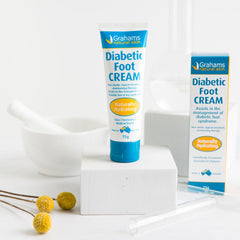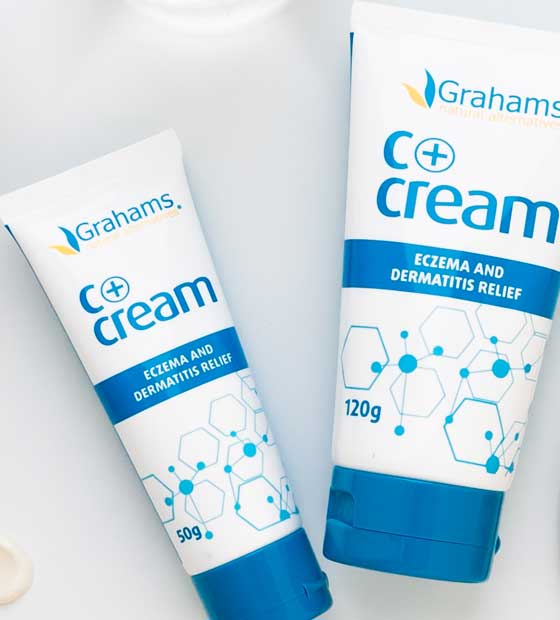Diabetic foot syndrome
Diabetic Foot Syndrome
What is Diabetic Foot Syndrome?
Diabetic Foot Syndrome (DFS), as defined by the World Health Organization, is an “ulceration of the foot (from the ankle and including the ankle) associated with neuropathy and different grades of infection”.
Poorly controlled diabetes leads to changes in the blood vessels, circulation, nerves and structure of skin and connective tissue that results in
- Limited joint mobility and/or
- Changes in posture and co-ordination and/or
- Decreased or altered nerves sensitivity and/or
- Altered (reduced /impaired) blood flow
As a result the surface parts of the body, most particularly the feet are substantially more susceptible to the set of symptoms called Diabetic Foot Syndrome, that includes
- Physical deformation
- Greater susceptibility the sheer, friction and pressure
- Skin Cracking and
Symptoms
Foot symptoms of diabetes vary from person to person and may depend on the specific issues a person is experiencing at the time.
However, symptoms might include:
- a loss of feeling
- numbness or tingling sensation
- blisters or other wounds without pain
- skin discoloration and temperature changes
- red streaks
- wounds with or without drainage
- painful tingling
- staining on socks
If an infection develops, a person may also experience some of the following:
- fever
- chills
- uncontrollable blood sugar
- shaking
- shock
- redness
Any person with diabetes who experiences symptoms of an infection, especially on the feet, should seek emergency treatment.
Treatment
When treating foot ulcers it is essential to get on top of management as soon as possible to avoid an infection. When not treated promptly, an infection can lead to hospitalization and possible amputation.
When treating a foot ulcer:
- Keep weight off the affected area
- Keep blood glucose levels under control
- Apply dressings and/or bacterial creams
- Monitoring the area daily and assessing the wound
It is important to make sure weight is lifted off the wound. Your podiatrist or doctor may provide you with crutches, special footwear or a wheelchair depending on the severity of the wound. This will help speed up the healing process as pressure and irritation has been reduced.
If you have noticed you have a foot ulcer, its important to be assessing the area daily and incorporating daily management strategies every day. If you notice the wound is not recovering, it is best to see your doctor.
Why choose Grahams?
We have analysed specific considerations of diabetic skin including:
Diabetic skin typically contains an over-abundance of some Natural Moisturising Factors such as glycerol (sugar alcohol) and polyols (sugar replacement), skin hydration ingredients (alcoholic sugars) typically found in normal moisturisers.
We have excluded sugars and glycerol along with other ingredients typically found in normal moisturisers that are already in excess in those with Diabetic Foot Syndrome.
We have included natural ingredients like Nettle leaf, essential fatty acids and potent antioxidants such as Pomegranate seed extract that are missing in diabetic skin.
We have also included ingredients that are antibacterial such as Nettle leaf, Chamomile and Red clover extracts.
Grahams Natural Diabetic Foot cream is intended as a “daily use” cream so as to ensure care and maintenance of diabetic skin, but to also ensure daily checking by diabetics of potential diabetic skin issues.
Key benefits:
- Humectants: draw water from formulation to increase skin hydration. Urea, Sodium PCA, Betaine, Hyaluronic acid and Lactic acid.
- Lubricating and Emollient oils and waxes: Help protect and support the structure and function of skin and help to stimulate normal skin metabolism. Balance of essential and non-essential fatty acids from a range of botanical sources. Including castor seed oil, Medium chain triglycerides, Isopropyl myristate, Linseed oil.
- Antioxidants: Diabetes affected skin has high levels of lipid peroxidation and decrease antioxidant status (dry skin). Pomegranate, Nettle leaf, Calendula and red clover are used as antioxidants. This provides both lipid and water-soluble antioxidant activity.
- Biostatic: helps in reduction of bacterial reproduction of diabetic affected skin. Coconut oil, Benzyl alcohol, Lactic acid, Nettle, Chamomile and Red Clover extracts.

Feel free to contact us if you have questions!









